The Twilight of Progressive Rock in Rock Sheet Music
Introduction
Every genre has its peak—and its decline. Progressive rock, which flourished in the early 1970s, seemed to enjoy a longer lifespan than many of its contemporaries. Yet by the mid-70s, its golden age began to fade. The rise of hard rock and the explosive energy of punk created an environment where progressive rock struggled to remain relevant. Even so, the late period of this genre gave birth to several important works that still influence today's rock sheet music arrangements.
1976: The First Signs of Decline
Genesis released A Trick of the Tail in February, now featuring Phil Collins as lead vocalist. The album was well-received, but the band's December follow-up, Wind and Wuthering, leaned more toward pop.
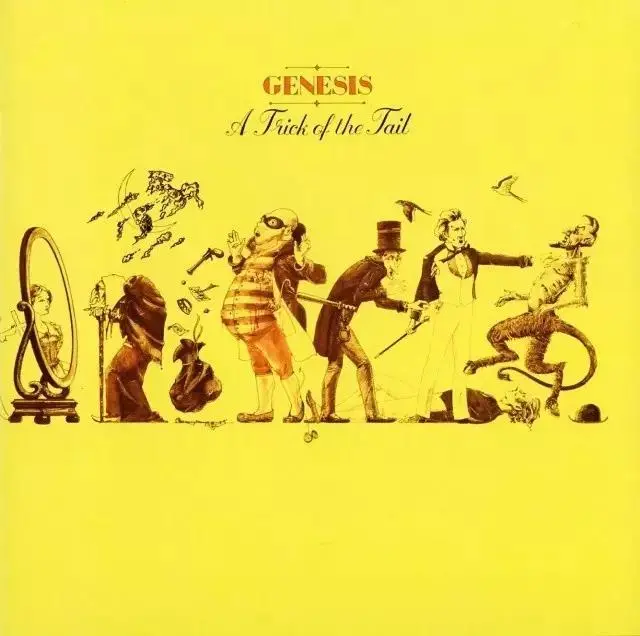
Camel’s Moonmadness added more vocal experimentation. Van Der Graaf Generator’s Still Life and World Record were strong entries, but key members soon left, leading to disbandment.
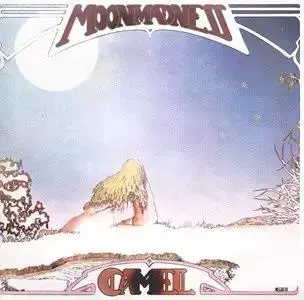
Canadian band Rush released 2112, blending hard and progressive rock. This album laid the foundation for progressive metal and significantly impacted future musicians—many piano online lessons now include transcription excerpts from Rush’s work due to its rhythmic complexity and melodic structure.

1977: Punk’s Arrival and the Turning Point
The punk wave swept in, shaking up the music industry. Pink Floyd’s Animals, released in January, responded to the era’s growing discontent. Though initially criticized, it's now viewed as one of their boldest statements.

That same year, Jethro Tull’s Songs From the Wood and Peter Gabriel’s debut solo album drew attention, while Yes regrouped for Going for the One. Despite moderate success, momentum waned in the face of punk’s explosive popularity.

Camel, Rush, and Van Der Graaf Generator released notable albums this year, including Rain Dances and A Farewell to Kings. These works remain relevant, often featured in rock sheet music collections and advanced piano notes transcriptions for progressive repertoire.
1978–1979: The Struggle to Evolve
Veteran bands attempted to reinvent themselves. Genesis’s ...And Then There Were Three... leaned into pop. Rush’s Hemispheres offered their final pure progressive effort. Jethro Tull’s Heavy Horses maintained their folk-rock identity.
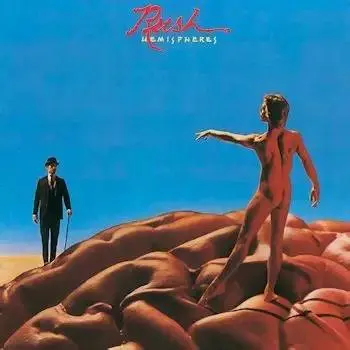
In 1979, Pink Floyd’s The Wall stood out as a massive concept album—an emotionally intense, metaphor-rich journey. The themes resonate deeply with students using piano online lessons to understand narrative-driven composition and dramatic phrasing.
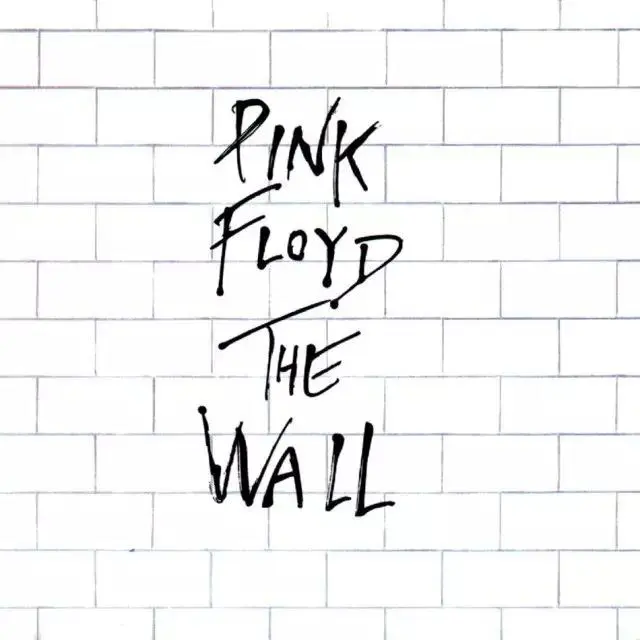
Supertramp’s Breakfast in America marked a shift to pop, while Steve Hackett, formerly of Genesis, released genre-blending solo albums. Camel’s transition with I Can See Your House from Here faltered, and the band eventually disbanded.
Fragmentation in the 1980s
By the early ’80s, most leading progressive bands had either disbanded or transformed. Pink Floyd’s The Final Cut was Roger Waters’s project in all but name. Internal conflicts eventually broke the band apart, although the 1987 release A Momentary Lapse of Reason brought some semblance of reunion.
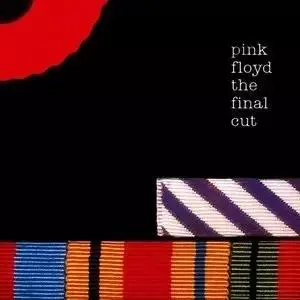
Genesis found commercial success with Duke and Invisible Touch, embracing pop completely. Jethro Tull’s The Broadsword and the Beast dabbled in disco and new wave.
Yes, Jethro Tull, King Crimson, and others reunited and disbanded multiple times. Albums like 90125 brought commercial hits but lost the essence of progressive experimentation that defines most rock sheet music from the genre's prime years.

Even so, Rush continued to innovate, moving toward new wave with Permanent Waves and Moving Pictures. These albums, still widely studied and arranged in piano notes, are considered foundational material for progressive rock education.
Final Chapters and Lingering Influence
By the mid-1980s, most classic progressive bands had faded or transitioned. Pink Floyd released The Division Bell in 1994—while the music wasn’t revolutionary, it was commercially successful. Gilmour’s lyrical guitar work and Wright’s harmonic textures are frequently referenced in modern easy sheet music for intermediate rock students.

In contrast to other bands, Rush remained respected into the 1990s, admired for their consistency and refusal to compromise. Their music is now integral in many piano online lessons for teaching rock phrasing, odd time signatures, and advanced ensemble coordination.
While the genre may never recapture its heyday, the legacy of progressive rock endures. Whether through detailed rock sheet music arrangements or reinterpretations via modern bands, its complexity and ambition continue to inspire new generations of musicians.
FAQs
1. What progressive rock songs are best suited for beginner players using easy sheet music?
Selections like Pink Floyd's Wish You Were Here, early Genesis ballads, and simplified Rush melodies are popular in beginner-friendly rock sheet music formats.
2. Can I learn progressive rock piano techniques through piano online lessons?
Absolutely. Many instructors now use digital tools to teach progressive structures, time signatures, and phrasing through well-arranged piano notes and tutorials.
3. Are there any modern bands that continue the progressive rock tradition?
Yes. While styles have evolved, bands like Porcupine Tree, Dream Theater, and Tool continue the legacy, and their work is now being adapted into rock sheet music and used in advanced piano online lessons.












